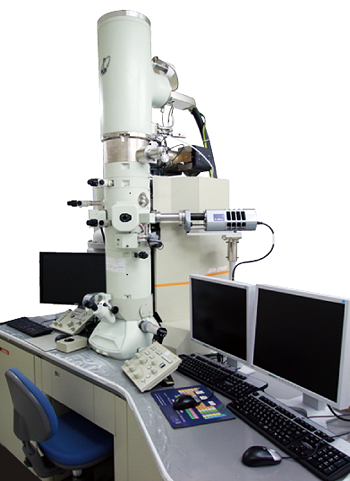The following is a list of KUT’s leading edge facilities and equipment to support leading edge research. It is a distinctive feature of KUT that such facilities and equipment are at the students’ disposal.
MRI (magnetic resonance imaging)
This machine can create images of the inside of the human body non-invasively, using magnetic fields and radio waves. Images of internal parts of the body can be obtained from all angles without exposing the patient to X-rays, as is the case with CT scans. In addition, brain function can be observed, since images of dynamic vascular flow, which is caused by nerve activity, can be created.

Wind tunnel
Aerodynamic characteristics can be determined by putting objects such as model airplanes in the tunnel and subjecting them to uniform air flow.
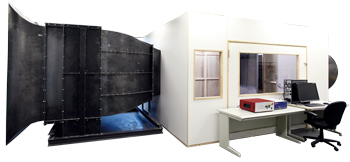
NMR (nuclear magnetic resonator)
This machine is used to analyze the molecular structure of organic compounds. By placing a sample of a compound in a strong magnetic field and exposing it to electromagnetic waves within the radio wave band, it is possible to measure two nuclear spin phenomena, energy absorption and emission.
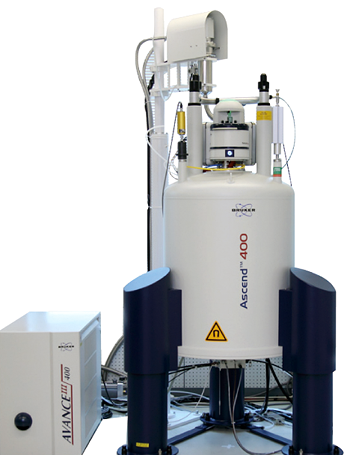
Supercomputer
This supercomputer consists of 32 calculators, each consisting of two GPUs offering high speed calculation and two CPUs. This computer enables large-scale calculation for applications such as tsunami simulation.
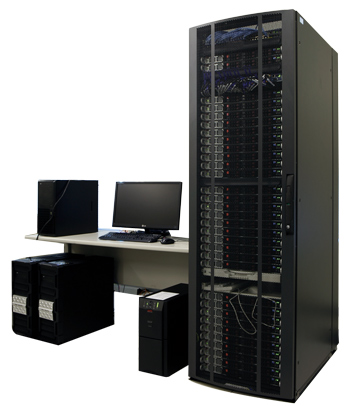
SEM (scanning electron microscope)
Optical microscopes have a resolution of only one 1000th of a millimeter, since the wavelength of light is relatively long. However, the SEM uses electrons, whose wavelength is much shorter, so the minute structure of metal or new materials, or the complicated forms of living objects, can be observed.
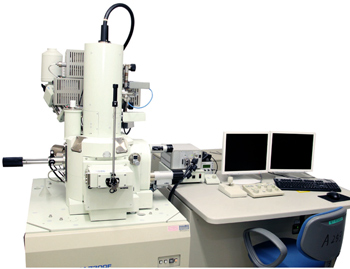
TEM (transmission electron microscope)
This microscope enables us to observe electrons which are scattered or diffracted by atoms in a specimen when a thin-film sample is bombarded with an electron beam. This machine, the current best technology for analysis of microscopic structures, enables the observation of the internal structure of materials. The TEM is now being used in experiments to study the crystal architecture of electronic materials and to evaluate their performance.
